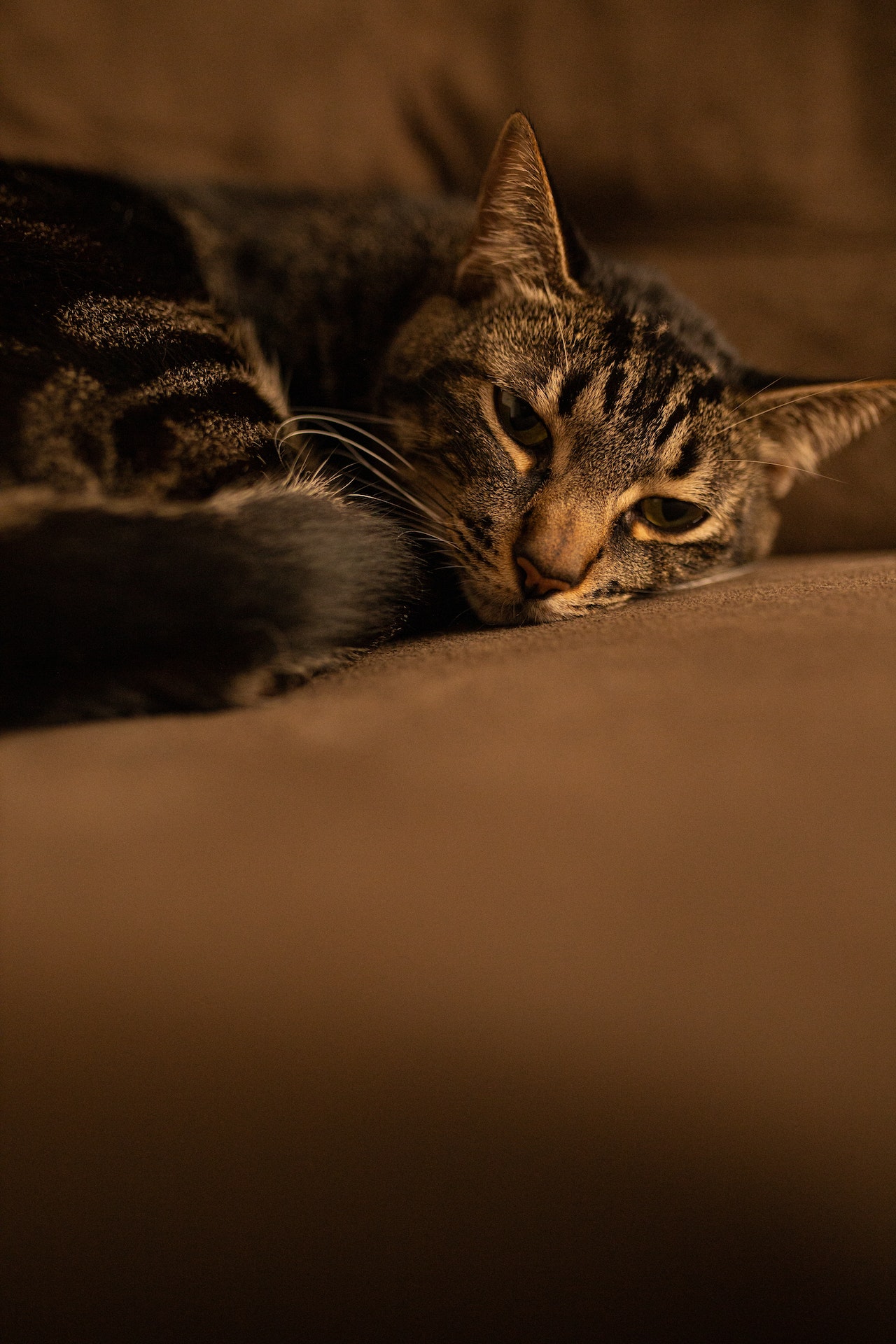In recent years, China has witnessed a significant rise in pet ownership, reflecting a growing trend of embracing animals as beloved companions. Whether it’s dogs, cats, fish, birds, or even more unconventional choices like reptiles and rabbits, Chinese households are increasingly welcoming these furry, feathered, or scaly friends into their lives. The unique cultural perspective on pets in China highlights the deep bond between humans and animals, making it an interesting subject to explore.
Historically, pets have held a special place in Chinese culture. In ancient times, certain animals were considered auspicious and believed to bring good luck and fortune. For example, the Tang Dynasty (618-907 AD) saw the popularity of pet birds, particularly the red-billed leiothrix, which was highly cherished for its colorful plumage and melodious song. Similarly, during the Ming Dynasty (1368-1644 AD), lapdogs were favored by the imperial court and the elite.

The rise of pet ownership in China can be attributed to various factors. As the country’s economy continues to grow, disposable income has increased, enabling more people to afford the cost of keeping and caring for pets. Additionally, urbanization has led to smaller living spaces, making dogs and cats more suitable as indoor pets. Furthermore, changing lifestyles and the influence of Western culture have played a role in shaping attitudes towards pets, with many Chinese individuals seeking companionship and emotional support from their furry friends.
The pet industry in China has experienced significant growth in response to the increasing demand. Pet supply stores, grooming salons, veterinary clinics, and pet-friendly establishments have flourished in major cities. Online platforms dedicated to pet-related products and services have also gained popularity, offering a convenient way for owners to purchase food, accessories, and even seek advice from experts. China’s pet market has become one of the largest in the world, reflecting the evolving relationship between humans and their animal companions.
However, it is important to note that pet ownership in China also faces challenges. Responsible pet ownership, including proper training, vaccination, and healthcare, is a topic that continues to gain awareness. Animal welfare organizations and advocacy groups have been working to promote education and raise awareness about the importance of humane treatment and care for pets. Efforts to combat illegal breeding practices and the sale of endangered species are also being made to protect animal rights and biodiversity.

In addition to dogs and cats, other pets like fish, birds, and reptiles also have their place in Chinese households. Fish, especially goldfish and koi, have a long-standing cultural significance, symbolizing wealth, luck, and abundance. Many Chinese families keep aquariums as a form of relaxation and as a way to bring positive energy into their homes. Birds, such as canaries and lovebirds, are treasured for their beautiful songs and are believed to bring happiness and good fortune.
Chinese pets are not limited to traditional choices, as there is a growing interest in exotic and unconventional pets. This includes small mammals like rabbits, hamsters, and guinea pigs, as well as reptiles like turtles and snakes. Owning these unique pets reflects a desire for novelty and individuality among some pet owners in China.
